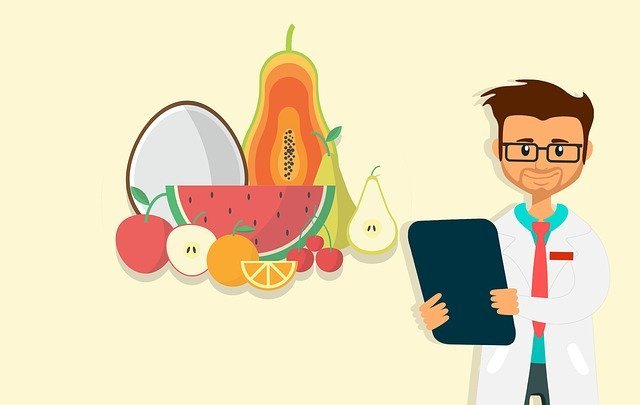
In a new study, researchers found that different types of food are linked to risks of different types of stroke.
The team found that while higher intakes of fruit, vegetables, fiber, milk, cheese or yogurt were each linked to a lower risk of ischemic stroke, there was no strong link with a lower risk of hemorrhages stroke.
However, greater consumption of eggs was linked to a higher risk of hemorrhages stroke, but not with ischemic stroke.
The research was conducted by a team at the University of Oxford.
Ischemic stroke occurs when a blood clot blocks an artery supplying blood to the brain or forms somewhere else in the body and travels to the brain where it blocks blood flow.
Hemorrhages stroke occurs when there is bleeding in the brain that damages nearby cells.
About 85% of strokes are ischemic and 15% are hemorrhages. Stroke is the second leading cause of death worldwide.
Until now, most studies have looked at the link between food and total stroke (all types of stroke combined), or focused on ischemic stroke only.
However, the current study of more than 418,000 people in nine European countries investigated ischemic stroke and hemorrhages stroke separately.
The team found the total amount of fiber (including fiber from fruit, vegetables, cereal, legumes, nuts, and seeds) that people ate was linked to the greatest potential reduction in the risk of ischemic stroke.
Every 10g more intake of fiber a day was linked to a 23% lower risk, which is equivalent to around two fewer cases per 1000 of the population over ten years.
Fruit and vegetables alone were linked to a 13% lower risk for every 200g eaten a day, which is equivalent to one less case per 1000 of the population over ten years.
No foods were linked to a much higher risk of ischemic stroke.
The researchers found that for every extra 20g of eggs consumed a day there was a 25% higher risk of hemorrhages stroke, equivalent to 0.66 extra cases per 1000 (or around two cases per 3000) of the population over ten years. An average large-sized egg weighs approximately 60g.
The team says the most important finding is that higher consumption of both dietary fibre and fruit and vegetables was strongly linked to lower risks of ischemic stroke, which supports current European guidelines.
The general public should be recommended to increase their fiber and fruit and vegetable consumption if they are not already meeting these guidelines.
The study also highlights the importance of examining stroke subtypes separately, as the dietary associations differ for ischemic and hemorrhages stroke.
The researchers say the associations they found between different foods and ischemic and hemorrhages stroke might be explained partly by the effects on blood pressure and cholesterol.
The lead author of the study is Dr. Tammy Tong, a nutritional epidemiologist at the Nuffield Department of Population Health.
The study is published in the European Heart Journal.
Copyright © 2020 Knowridge Science Report. All rights reserved.



